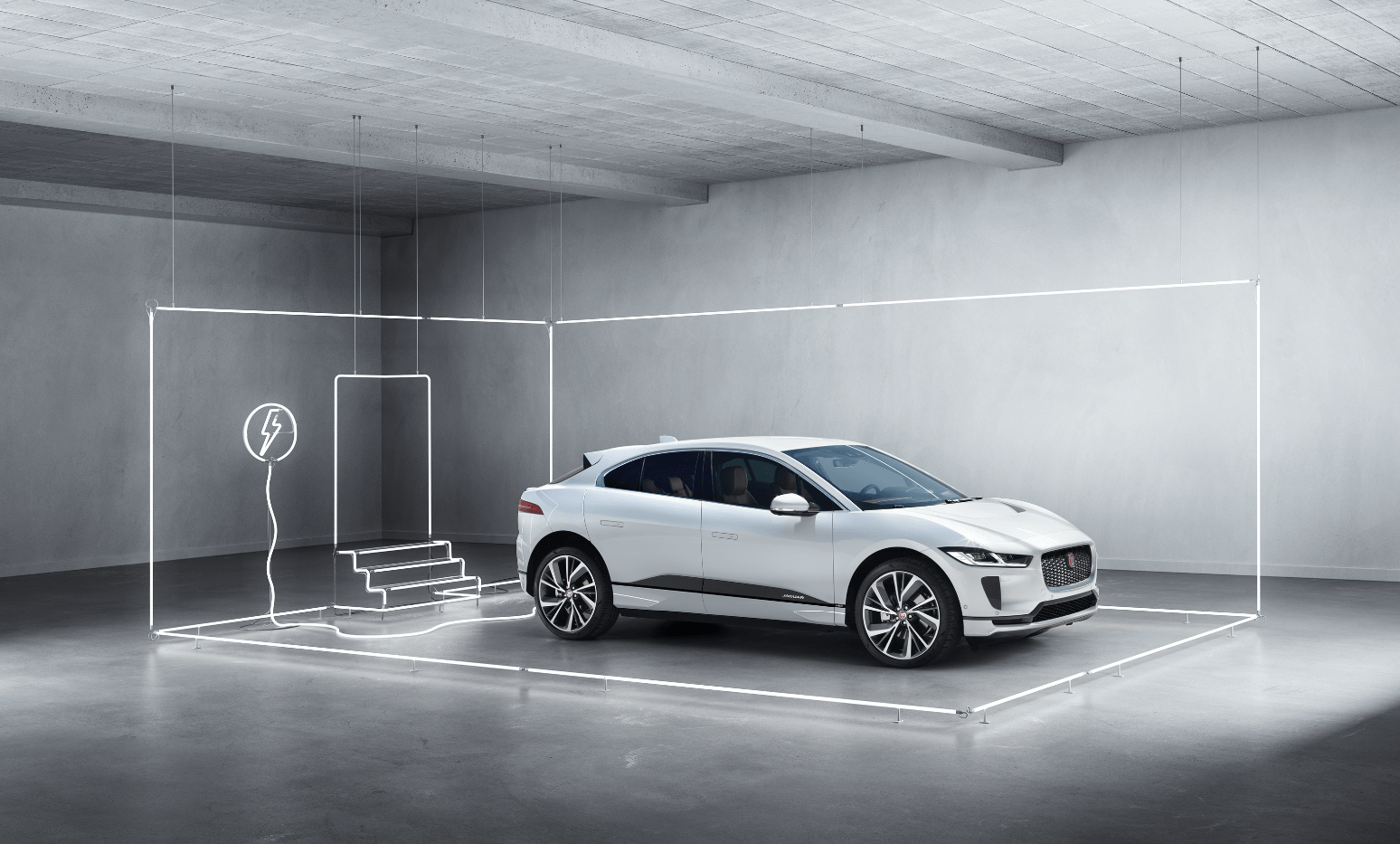At Foxtrot Papa, as content creators for some of the world’s most famous car manufacturers, we thrive on keeping our fingers on the pulse of the latest automotive news and surrounding conversation. We’re interested in all types of motoring news, be it high-power hyper-cars, ultra-efficient EVs or simply a great video or blog post—we’re all ears and eyes.
So last month, when hot on the heels of our recent Electric Is Now event, we learned that the Department for Transport was announcing new plans to introduce green number plates for electric cars, we naturally leant in. According to the BBC’s online coverage, the plans are part of the government’s strategy to achieve its 2050 target of net zero emissions. Designed to make it easier for local authorities to allow zero-emission vehicles to benefit from incentives, such as cheaper parking, the government is hoping it will help to boost electric car sales.
In addition to easier parking, the BBC article also mentioned that other potential incentives for EV drivers are being considered, such as permission to use bus lanes. Which raises a much larger more interesting point, in my opinion, that there is clearly a need to implement relatively small incentives if the government is to encourage change–in the form of increased EV sales–on a larger scale.
Overall, the story created quite a stir on the internet when it was announced, with many snubbing the idea of coloured number plates on social media, suggesting that improved infrastructure and education was the only logical route to more EV sales.
The conversations that followed this story inspired us to look at other contentious subjects around the early adoption of EVs, highlighting both sides (for and against) of the argument in each case. Why? Because, by assuming the role of judge, jury and executioner ahead of time, automotive brands can not only preempt the barriers to purchase most likely to impact their audiences, they can also better focus their efforts on developing and communicating viable solutions, thus boosting EV sales in future.
So, here are the pros and cons as we see them…
Green number plates for EVs
FOR
Easily identifiable green number plates will raise public awareness and boost the positive perception of EVs, while also allowing local authorities to incentivise use in urban areas, providing cheaper parking and access to low emission zones.
AGAINST
If EVs are to become more popular among car buyers, governments should be investing in improved infrastructure and more charging points, not a gimmick that could lead to EV users being allowed to use vitally traffic-free bus lanes and inner-city areas.
Range anxiety
FOR
Despite what manufacturers claim, the real-life range for most EVs is actually much lower than the official statistics, as factors such as weight, weather, driving style and altitude impact battery performance. I regularly drive to see family members for the weekend who live over 200 miles away. To make this in an EV I’d need to plan ahead, book charge stations or make a stressful and time-consuming detour or stop in order to recharge. I currently feel none of these pressures in my petrol car.
AGAINST
The average car commute in the UK is approximately 10 miles, whilst the average car journey is approximately 35 miles. In fact, very few drivers use their cars for journeys of over 100 miles on a regular basis. Another fact; there are now more electric car charging points in the UK than there are petrol pumps. What this tells us is that range anxiety is a fictitious problem for most people in 2019. It’s the mindset that needs to change, so that people don’t feel like an electric car restricts their freedom to journey wherever, whenever they want.
Government grants for home charging stations
FOR
For those who use electric cars for relatively short, local journeys, having a subsidised home charging station means they never need to use public charging stations. This means less congestion, less waiting around and hassle reserving, and if they plug in overnight, they can also get a great low rate for the electricity.
AGAINST
Those who live in a busy city centre and have no off-street parking available to them, so understandably see incentivised home charging stations as a complete waste of money. They’re likely to argue that if the government is supposed to be encouraging the use of EVs in inner city areas, why aren’t they investing in more public charging stations? The only option available to this group at present is to install the charging hub and then hope that they will be able to park within reach of the cable—far from ideal.
EVs are soulless to drive and feel generic
FOR
Despite its increasing irrelevance in modern culture, the internal combustion engine is one of man’s greatest inventions. Be it a flat four, straight six, V8 or V12 – each and every combustion engine layout brings with it a new set of parameters and unique driving characteristics. Electric cars on the other hand, essentially all feel the same, producing very little in the way of sound or vibration, leaving you feeling disconnected from the experience entirely.
AGAINST
As anyone who has driven a well-engineered EV will attest, driving an EV is an enthralling and thoroughly uncompromised experience. Quiet, composed and refined, EVs deliver instant torque at virtually any speed—whether you’re waiting for traffic lights to change or accelerating to overtake. Factor in the socially positive, feel-good factor of producing zero emissions and there really is no contest in which form of power is good for the soul.

